 1. History of Arduino Uno
1. History of Arduino Uno
Origins:
The Arduino project began in the early 2000s in Italy, designed to make electronics accessible to everyone.
Launch:
The first Arduino boards were released around 2005–2006, with the Arduino Uno quickly gaining popularity due to its simplicity.
Development:
Built around the ATmega328 microcontroller.
Updated versions (like the Uno R3) improved connectivity and usability while staying true to the open-source philosophy.
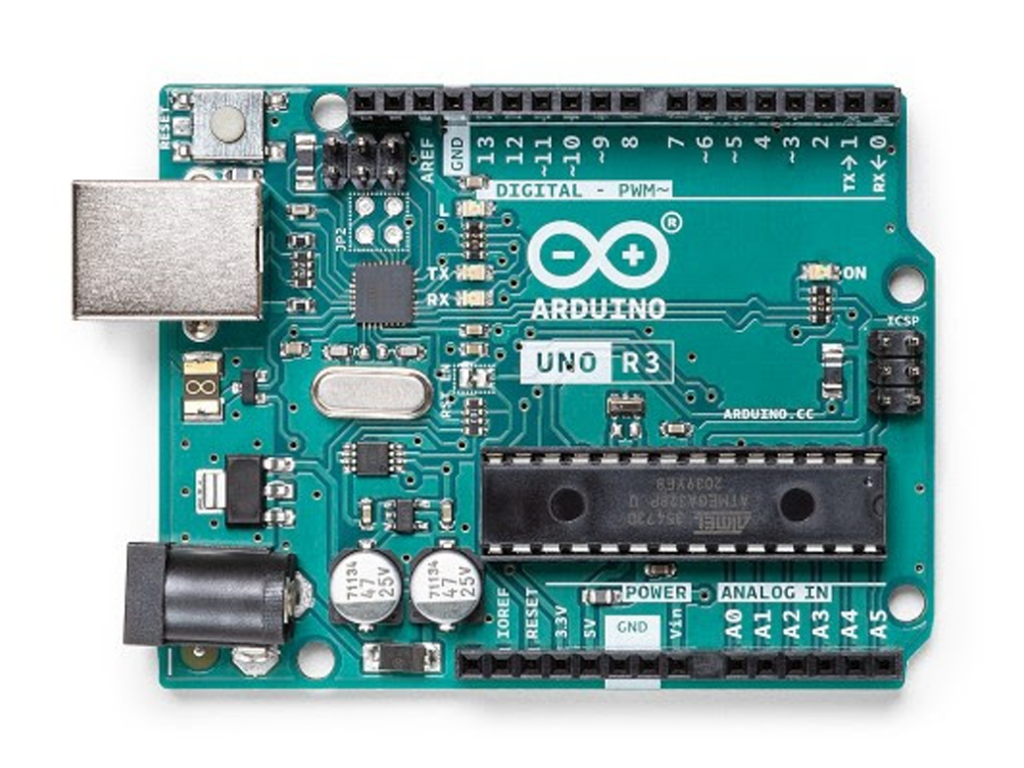
 2. Applications of Arduino Uno
2. Applications of Arduino Uno
Education & Learning:
Used widely in schools and universities for learning programming and electronics.
DIY Projects:
Home automation, robotics, and creative interactive installations.
Internet of Things (IoT):
Connecting sensors and devices to the Internet.
Prototyping & Control Systems:
Controlling motors, servos, and relays in a variety of projects.
 3. Comparison with Other Arduino Boards
3. Comparison with Other Arduino Boards
 Arduino Uno vs. Uno Clones
Arduino Uno vs. Uno Clones
Original Uno:
- Official board with robust support and documentation.
Slightly more expensive.
Uno Clones:
- Cheaper and widely available, functioning similarly to the original.
 Arduino Uno vs. Arduino Nano
Arduino Uno vs. Arduino Nano
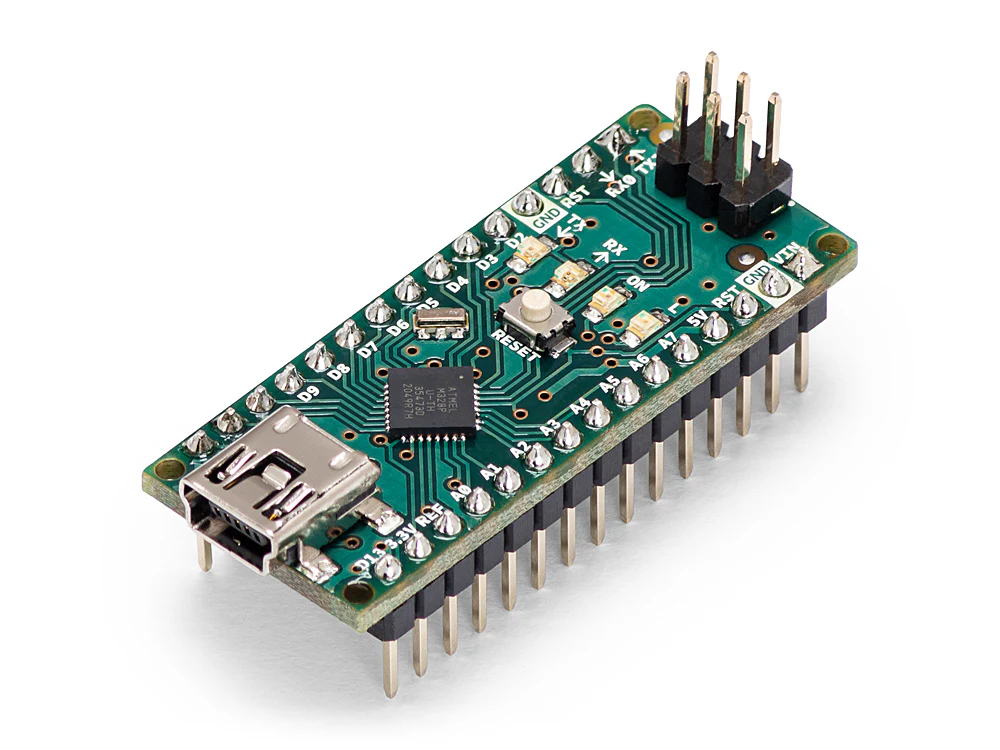
Uno:
- Standard size with many I/O pins.
Nano:
- Compact and breadboard-friendly—ideal for space-constrained projects.
 Arduino Uno vs. Arduino Mega
Arduino Uno vs. Arduino Mega
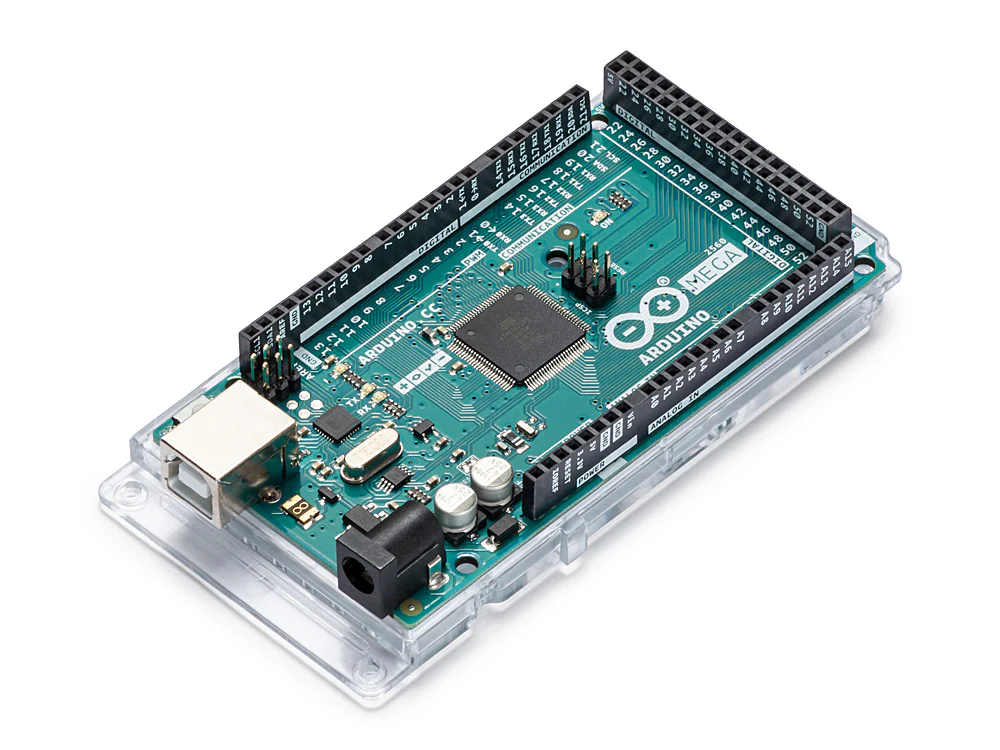
Uno:
- 14 digital I/O pins and 6 analog inputs.
Mega:
- 54 digital I/O pins and 16 analog inputs—suitable for complex projects.
 Arduino Uno vs. Arduino Leonardo
Arduino Uno vs. Arduino Leonardo
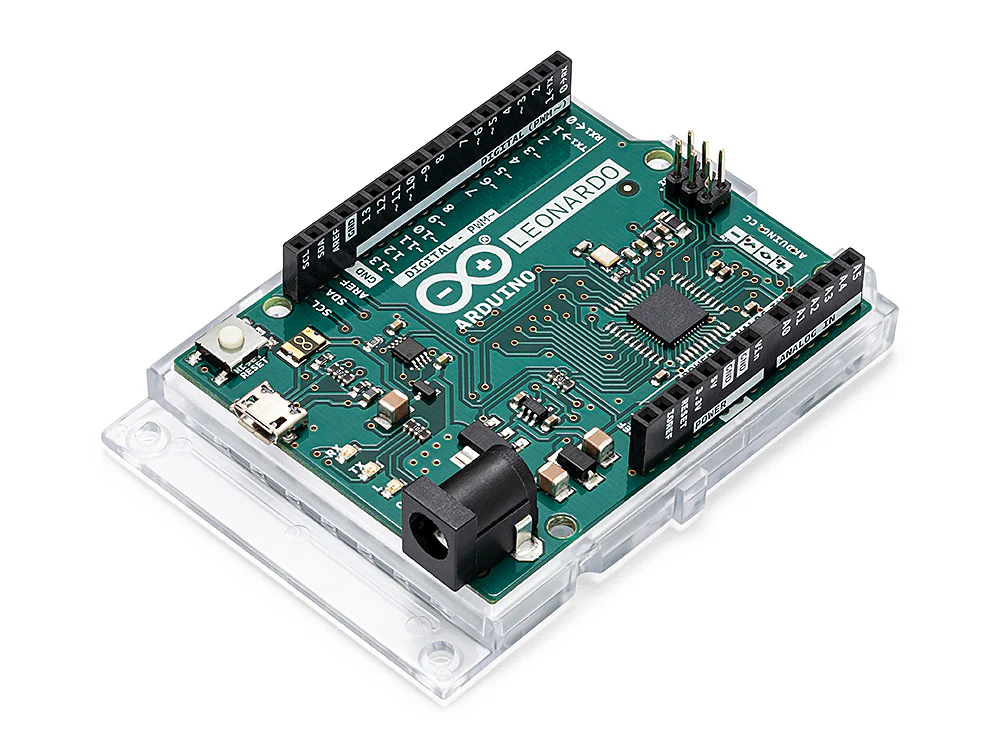
Leonardo:
- Built on the ATmega32u4 with native USB support, allowing it to emulate a keyboard or mouse.
Uno:
- Uses the ATmega328 with an external USB-to-serial converter, ideal for general projects.
 Conclusion
Conclusion
The Arduino Uno remains a favorite due to its:
Ease of Use:
- Perfect for beginners with extensive community support.
Versatility:
- Suitable for a wide range of applications from simple LED projects to advanced IoT systems.
Scalability:
- With related boards like Nano, Mega, and Leonardo, you can choose the best fit as your project grows.

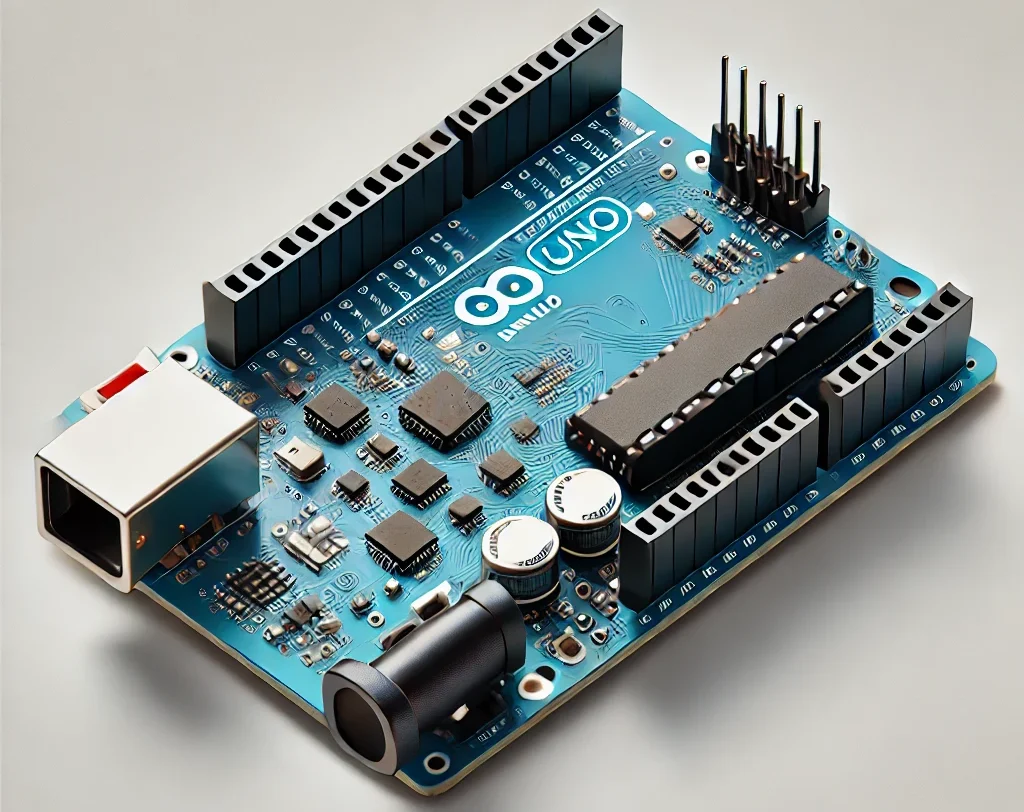
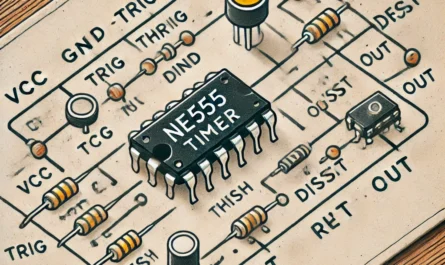
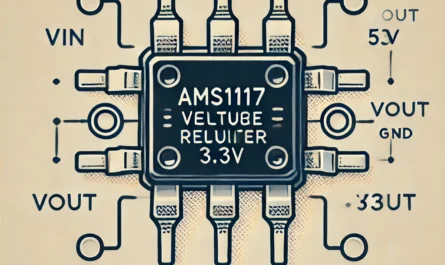
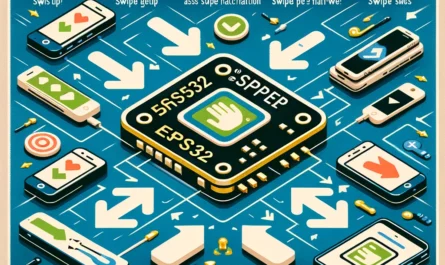
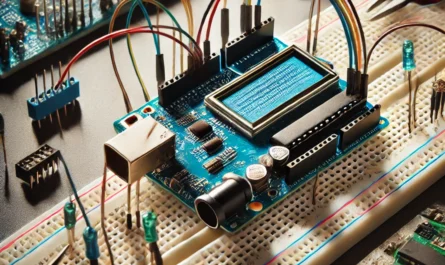
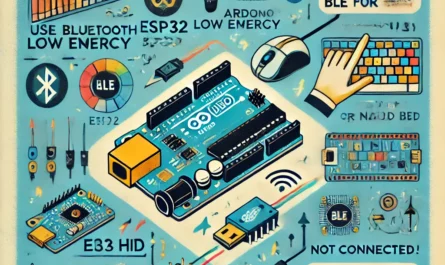
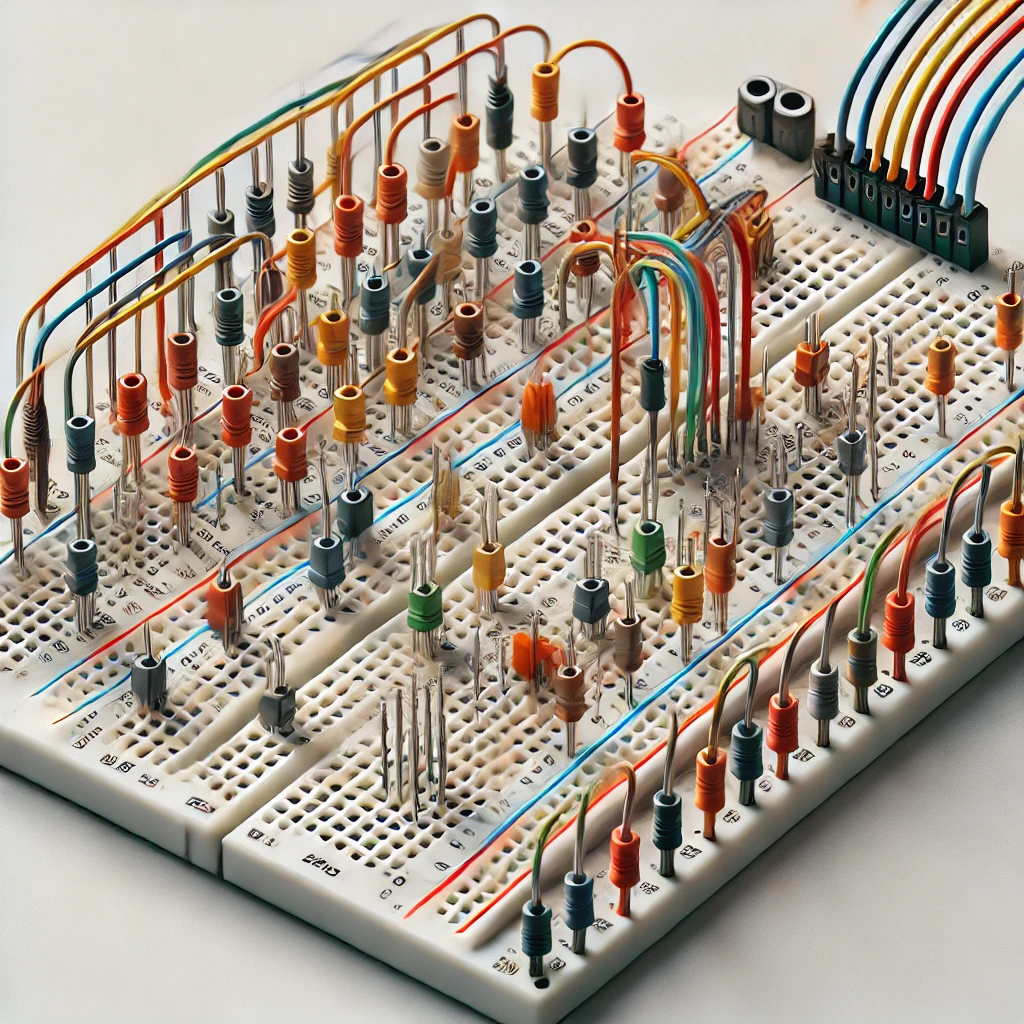
 Jumper Wires: Overview
Jumper Wires: Overview